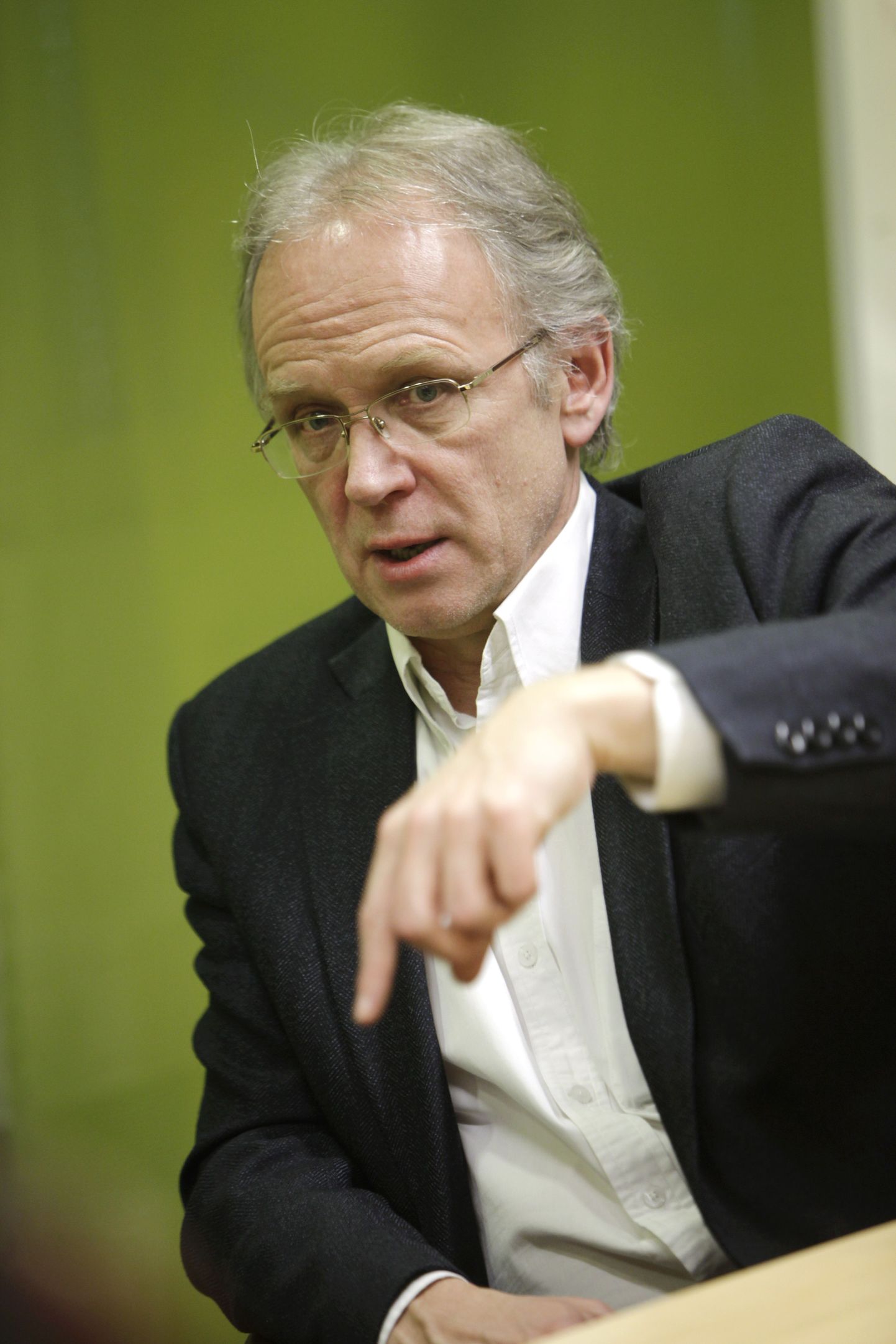
There were no big changes in Estonian political parties' popularity in February, head of the Social Democratic Party (SDE) group in parliament Eiki Nestor said in a comment on fresh poll results.

There were no big changes in Estonian political parties' popularity in February, head of the Social Democratic Party (SDE) group in parliament Eiki Nestor said in a comment on fresh poll results.
"Support for three parties represented in parliament is practically the same," Nestor told BNS. "Whether the Reform Party's support will take an upward turn or not is too soon to tell from the monthly growth figure."
"It's certainly not the prime minister's charisma or economic growth that underlie the rise [in Reform's popularity]," the veteran Social Democrat politician said. "Scandals, which slashed the popularity of this party, have a habit of dying down and people tend to forget. In other words, a part of disenchanted voters have become anew convinced supporters of [Prime Minister Andrus] Ansip."
The prime minister's party whose popularity has sharply declined since last fall succeeded in reversing the trend in February, a nationwide poll TNS Emor conducted for public broadcaster ERR showed.
If parliamentary elections were held tomorrow, 23 percent of the voters would back the Reform Party. A month ago support for the party stood at 20 percent. Reform's popularity began falling last August, from a high 39 percent, and hit the lowest level in the last five years in January.
At the top of rankings are as before the opposition Center Party and Social Democratic Party (SDE) with 26 percent each. In January Center was backed by 28 percent and SDE, by 27 percent of respondents.
Of the four parties represented in parliament Pro Patria and Res Publica Union (IRL), the junior partner in the governing coalition, was the least popular with 17 percent. In January it was supported by 16 percent of the polled.
TNS Emor conducted face-to-face interviews with 885 voting-age citizens for the survey. The pollster presents the ratings on the basis of respondents who have a party preference, eliminating respondents who do not name any party.